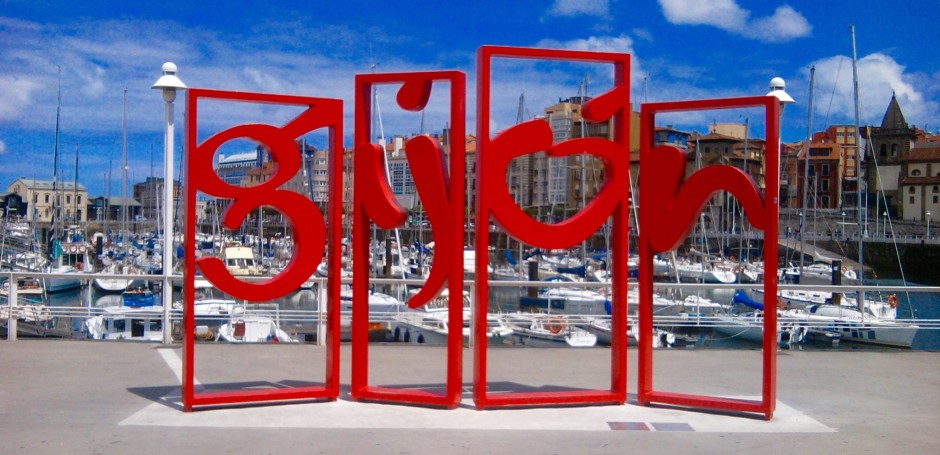
I had never heard of Gijón, the Big Apple of Spain, until I read an article in American Way magazine, an American Airlines in-flight publication. Curious about the former fishing village, known for its cider, we decided to check out the port city. We woke to a gray day with storm clouds hovering low and threatening. Drizzle chased us from Suances to Gijón as we motored along the Bay of Biscay, but as we entered the town, the sun peeked through the clouds.
We began our exploration with a walk along the waterfront. Playa de San Lorenzo is a beautiful, crescent-shaped, golden-colored beach and has a five-thousand-foot-long promenade that stretches along the water. Parts of the coastline are rocky, and areas do have strong currents as well as big waves, but we had no plans to swim or sunbathe, merely to take in the scenery.
At the end of the promenade, we retraced a path to San Pedro Church, which is located at the foot of the original village Cimadevilla, the oldest part of Gijón. The style is Romanesque Asturian, typical of the architecture seen throughout the Cantabrian seaboard. Unfortunately, the church was locked, so we began the steep climb through the narrow cobblestoned street to Cerro de Santa Catalina, a park at the tip of Cimadevilla’s peninsula, to see the stunning coastal views. On our way down, we came across the ruins of an old Roman settlement and baths. We explored them, then toured the city square, before our thoughts turned to lunch and fabada asturiana. Fabada is a rich Spanish bean stew, a hot and heavy dish best served for lunch and best eaten on a day like that one: chilly and rainy. Ours was served with crusty bread and a glass of Asturian cider. For dessert, we purchased turrón at a nearby bakery to nibble on during the drive back to Suances. Turrón is either duro (hard) and crunchy, or blando (soft) and chewy. The candy is made from toasted Marcona almonds, sugar, honey, and egg white.
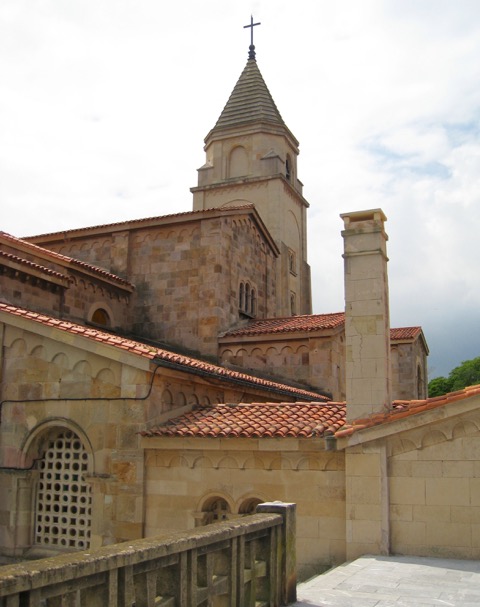
San Pedro Church in Gijón
I knew from experience that the Spanish eat dinner much later than we do in the US, so we had made reservations at Restaurante La Dársena for nine. Even then, we had the restaurant to ourselves until the stroke of ten. When we arrived the maître d’ gave us a quizzical stare, as though he was stunned to see anyone looking for a table at this early hour. After some scurrying around, we were shown to our table with a view of the marina. Our server informed us he was Argentinian and had recently relocated to Spain. When it came time to order, we couldn’t understand him and he couldn’t understand us despite our Spanish, which is pretty good. Suddenly, he threw his arms into the air in exasperation and walked off. Not the best start to a meal, but he soon returned with a platter of raw fish. He pointed and we nodded or shook our heads. He understood “broiled” and looked rather pleased with himself as he walked away to fill our wine order.
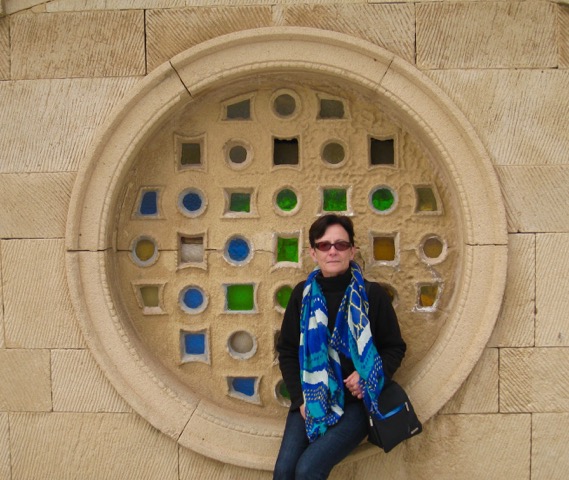
Me at San Pedro Church in Gijón
The incident reminded us of another dining experience. We were at a small family restaurant in Croatia, and the lunch menus weren’t in English. We asked for help, but our server just nodded to anything we said. Not very hungry, we ordered three starters—at least that’s what we thought. When the meal came, we were dismayed to see three main courses. Before we touched the food, we asked to see the owner. We explained our mistake and told him we would pay for the third meal, but could he please take one back. He simply nodded and whisked away the beef stew, which he handed to a man behind the counter. The man took a seat at a nearby table and proceeded to eat it. The check came and the owner had removed the dish from the bill. However, we included the cost of the stew in our bill, paid it, and gave our server a good tip. As we were leaving, the owner said in perfect English, “I hope you enjoyed your meals, and please come again.”
At La Dársena our wine arrived, and twenty minutes later our meal came. Oh no, I thought. Déjà vu. No way could we eat all of this seafood, one large and two small platters of fish and shellfish. But we did. And other than a loaf of crusty bread, that’s all we had for dinner, and every bite was broiled to perfection. Fish, bread, and wine: a fine meal indeed.


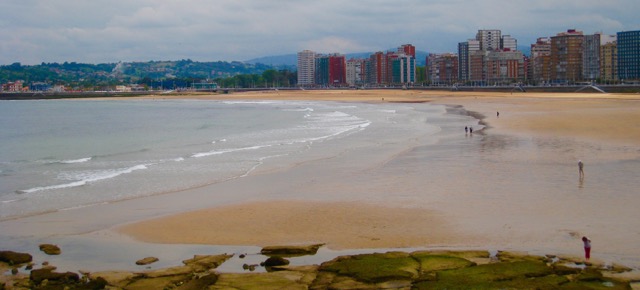

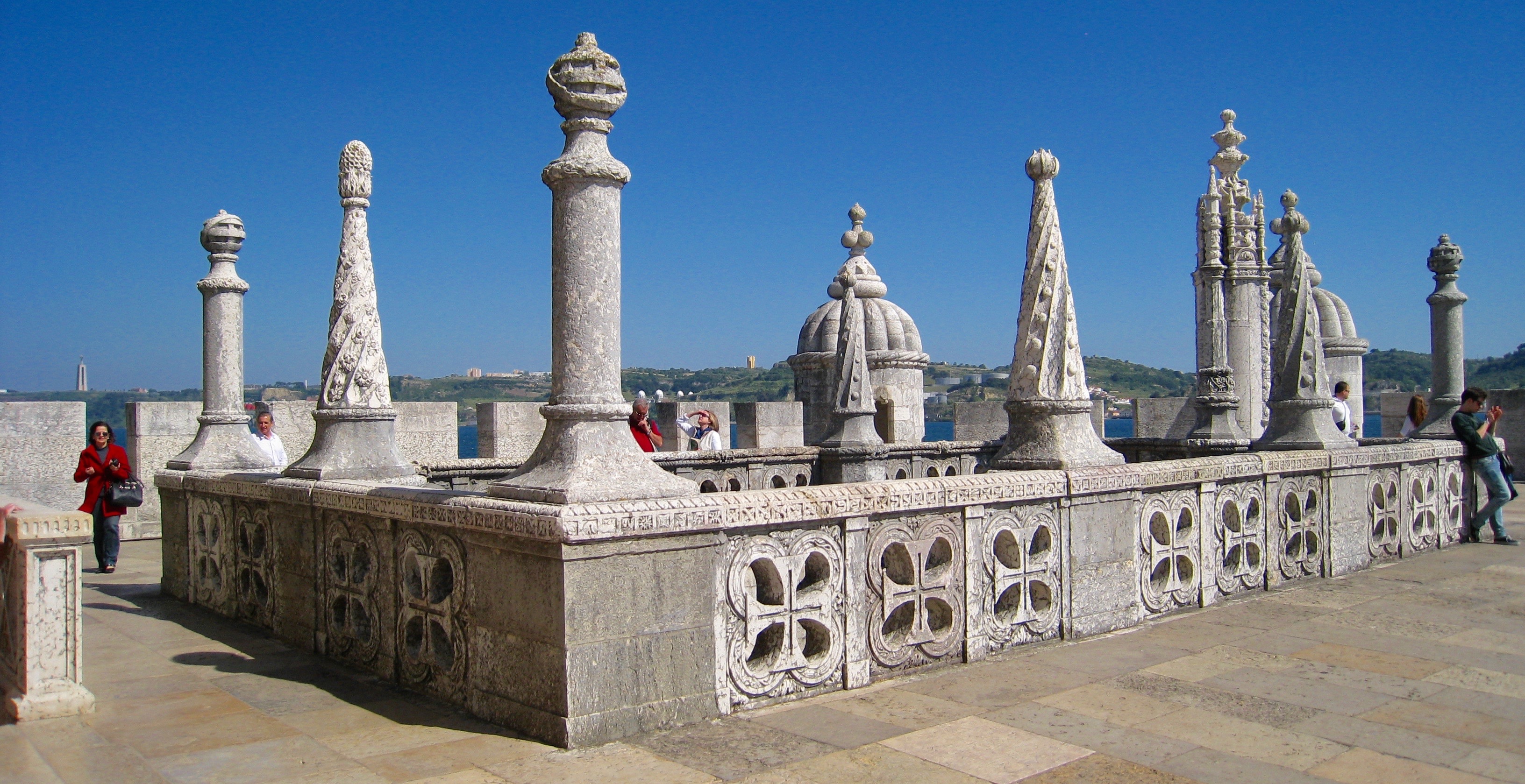
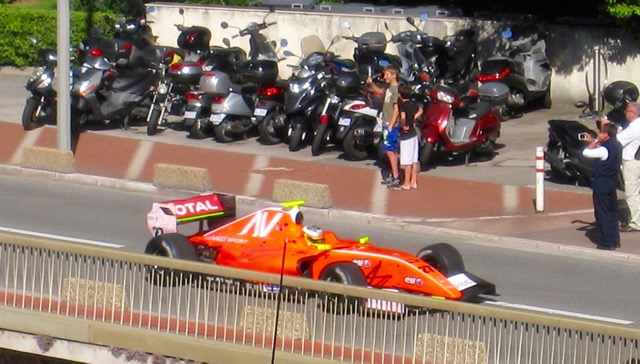
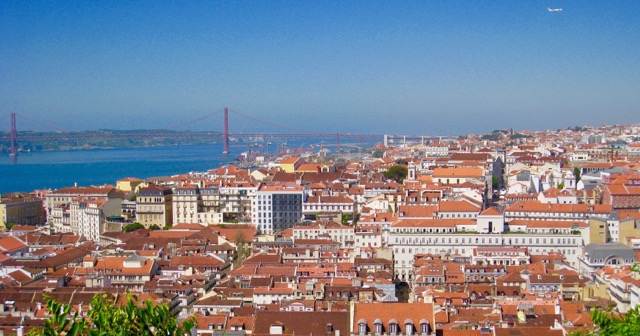
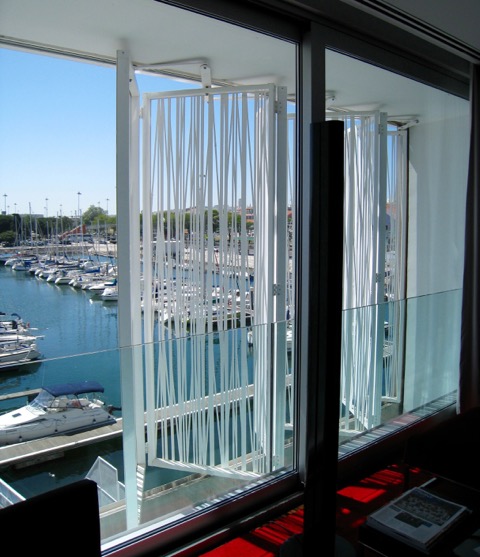
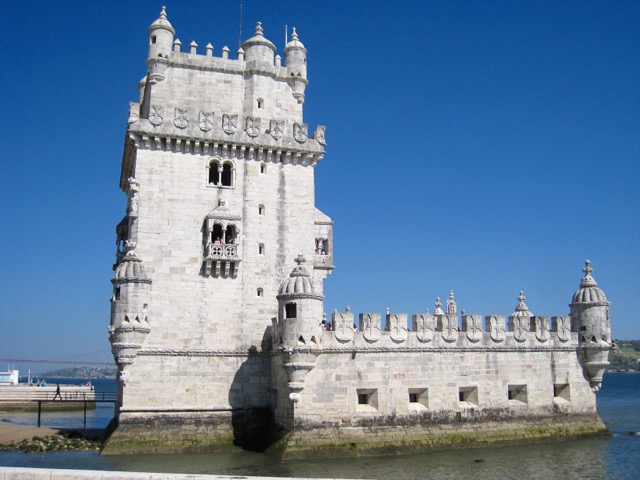
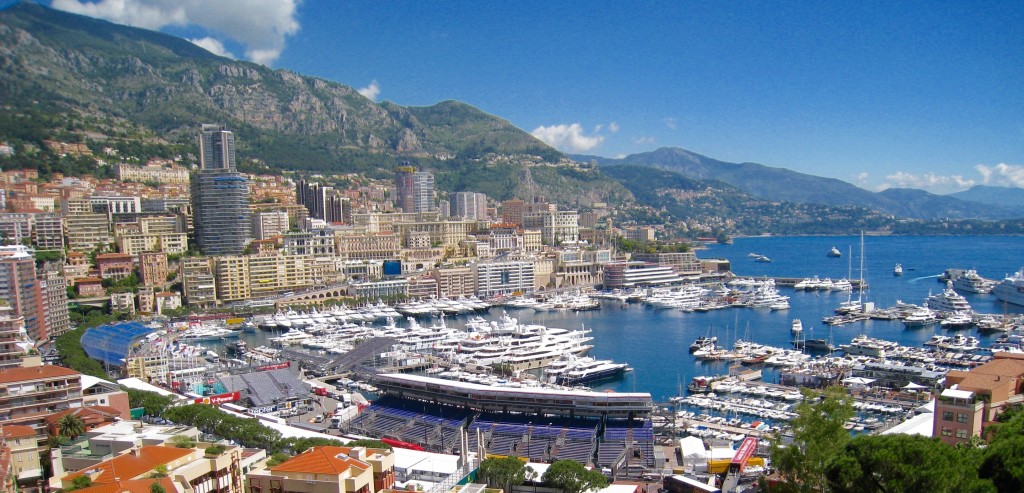 Monday morning the sun appeared as we jumped on the A8 and motored toward the Nice airport. There, we would drop off the rental car and catch a ride to our hotel in Monte Carlo. As we exited the subterranean parking lot in Avignon, we misjudged the distance from the car to the wall of the underground garage. I winced as we made the tight, sharp angle, not surprised to hear the grind of metal against stone, and wondered how much repairs would cost. But a little over two hours later, when we turned in the car, the Avis representative seemed nonplussed as he looked at the damage. “That’s nothing. Happens a lot,” he said and told us to have a safe trip down to Monaco.
Monday morning the sun appeared as we jumped on the A8 and motored toward the Nice airport. There, we would drop off the rental car and catch a ride to our hotel in Monte Carlo. As we exited the subterranean parking lot in Avignon, we misjudged the distance from the car to the wall of the underground garage. I winced as we made the tight, sharp angle, not surprised to hear the grind of metal against stone, and wondered how much repairs would cost. But a little over two hours later, when we turned in the car, the Avis representative seemed nonplussed as he looked at the damage. “That’s nothing. Happens a lot,” he said and told us to have a safe trip down to Monaco.